In Wyoming, fences are coming down to make way for wildlife
More than 600,000 miles of fences crisscross the American West, blocking animal migration. Outside Yellowstone last summer, volunteers dismantled a few.
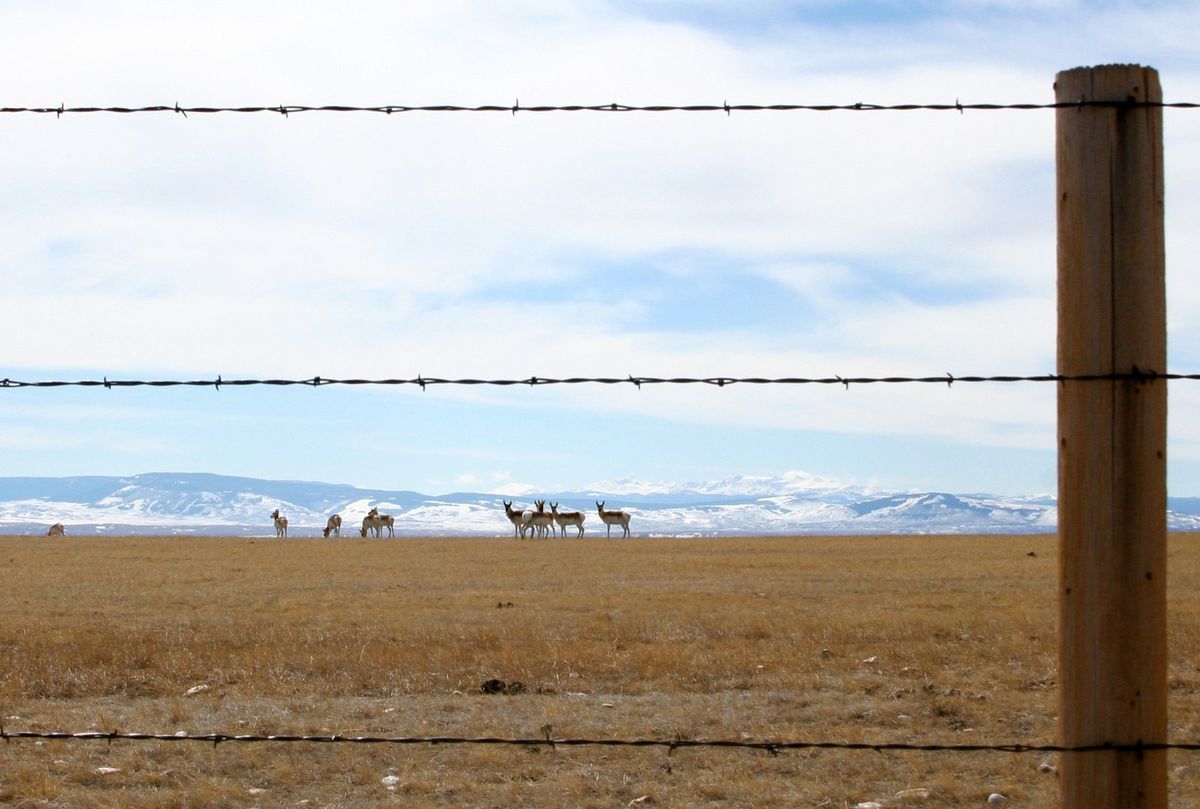
This article was originally published in National Geographic and has been reproduced here with permission as part of the SoJo Exchange from the Solutions Journalism Network, a nonprofit organization dedicated to rigorous reporting about responses to social problems.
On a warm July morning, roughly two dozen volunteers gathered at a ranch outside Cody, Wyoming, carrying wire cutters, gloves, buckets and bottles of water. The goal was to take down several miles of barbed wire that had not been used to fence livestock for many years – and were now a useless and even dangerous blemish on the landscape.
West of Cody, on the road to Yellowstone National Park, the North Fork of the Shoshone River winds through the Absaroka Mountains, a landscape of extinct volcanoes that once towered thousands of feet higher. Strange formations of eroded volcanic rock, known as hoodoos, cap the hillsides. If you’re lucky, you might see a flock of bighorn sheep scampering beneath these ancient deposits. But that’s much less likely than it would have been a century or two ago, when settlers first began developing – and fencing – the landscape.
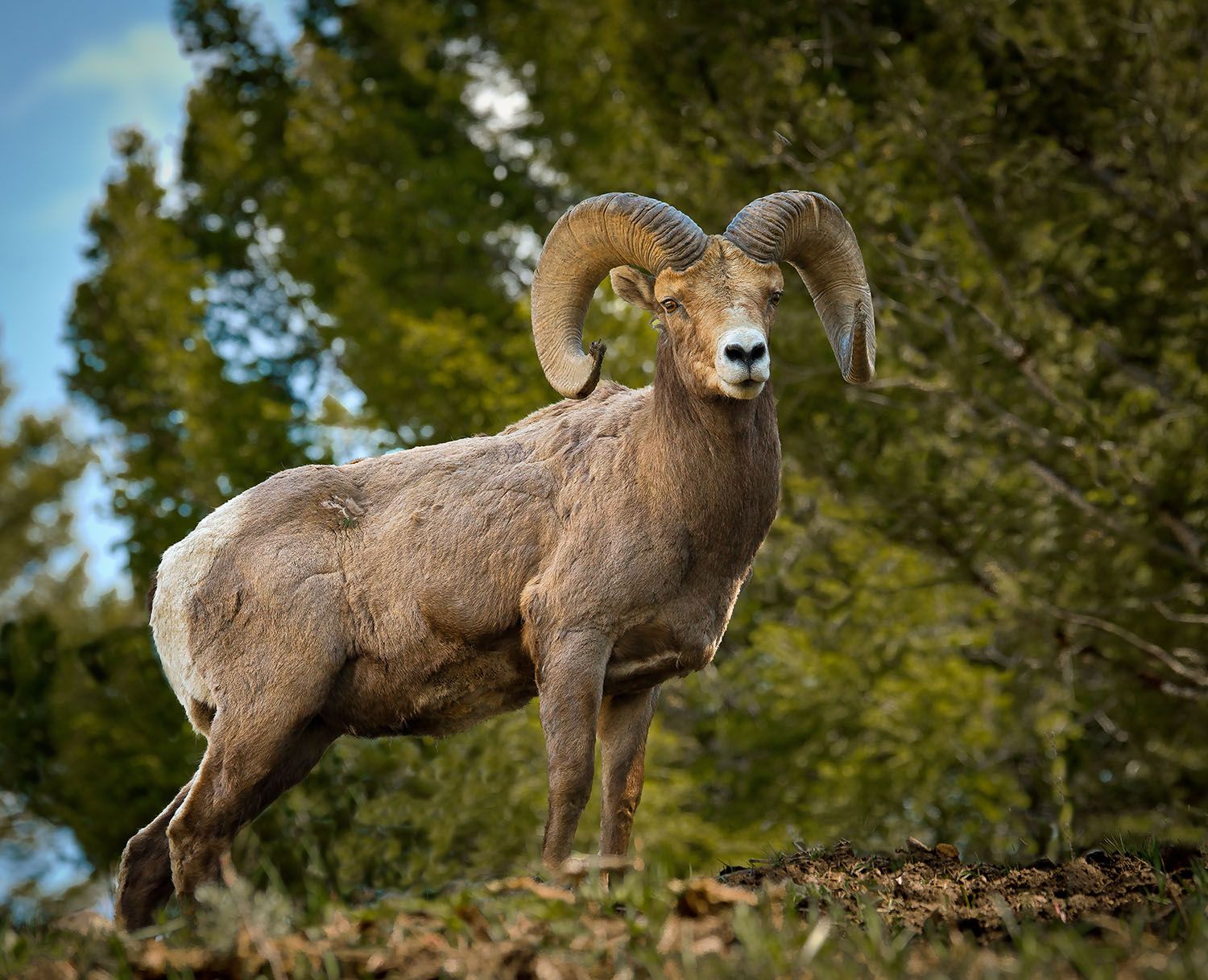
Scientists conservatively estimate that more than 600,000 miles of fences crisscross the American West, and that’s without counting property fencing in cities and suburbs. In just one Wyoming county, researchers mapped roughly 4,500 miles of fences – longer than the U.S. border with Mexico. The Absarokas and other western landscapes may look wide open and sprawling, particularly to road-trippers from more paved-over parts of the country, but in fact they are sliced up by miles and miles of barbed wire, put there to keep livestock in (or out), to mark boundaries between public and private lands, or to keep animals away from roads.
In some cases, the fences are simply remnants, erected decades ago and no longer serving any purpose. In others, they were constructed with little thought about their impact on other species. But land managers and conservation groups in the United States are increasingly aware of how fences can harm wild animals, and they are beginning to push for fence removal or replacement as a solution that many otherwise-at-odds constituents can get behind.
“Everyone can agree on this,” says Tony Mong, a wildlife biologist with the Wyoming Game and Fish Department. Mong is chair of the Absaroka Fence Initiative, a local organization that organized the fence takedown outside Cody last month.
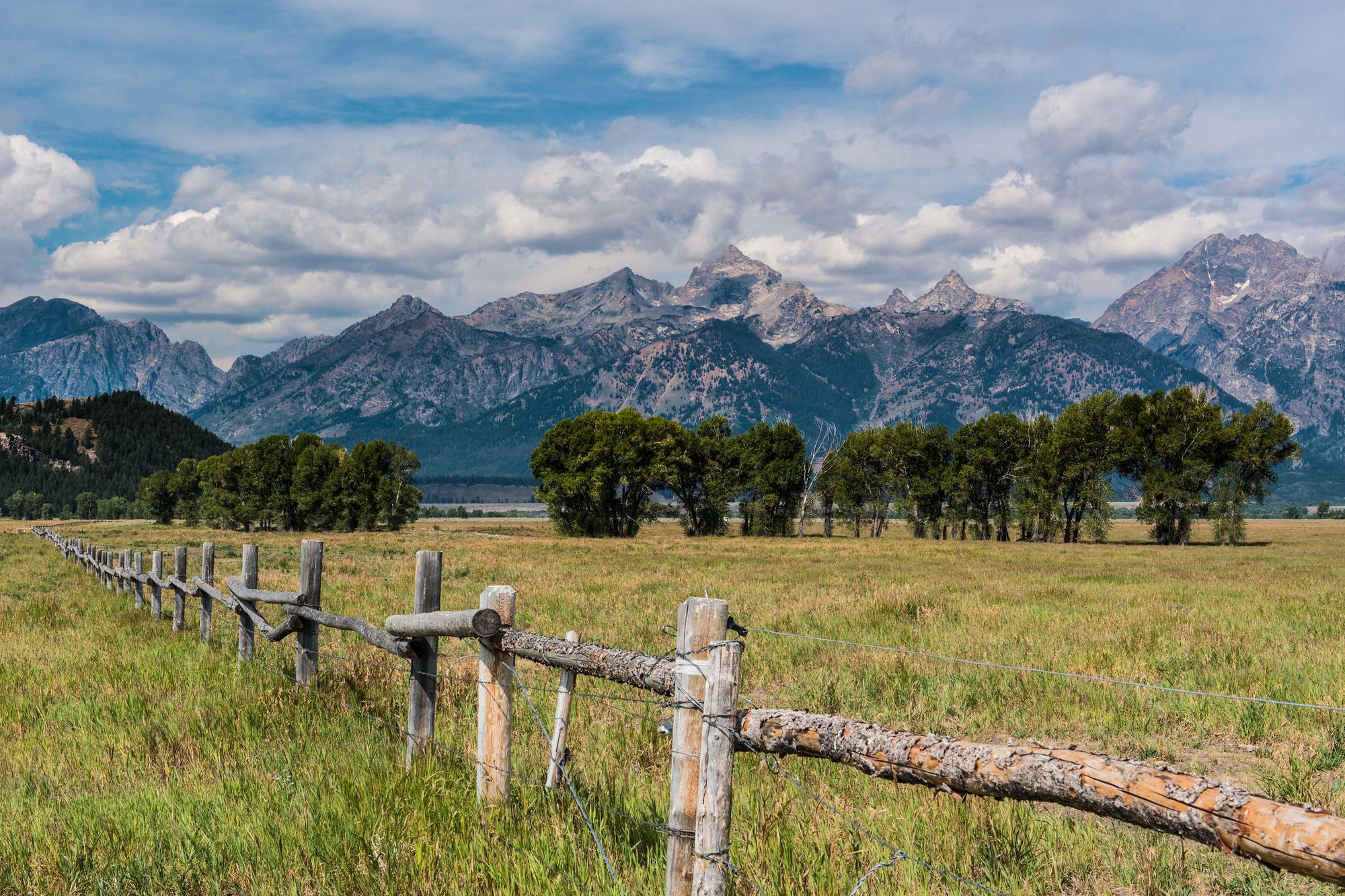
Deer, interrupted
Fences can spell disaster for wildlife that need to migrate seasonally or simply move around for their basic needs. Mule deer can get their legs caught as they try to jump over fencing and can die there. Pronghorn antelopes, which tend to scramble under fences, can get stuck or scraped on the bottom wire, leading to death or to cuts and scars that never heal and are prone to infection.
One study looked at pronghorn in the northern sagebrush steppe in Montana, Alberta and Saskatchewan – where the study area contained enough fence to wrap around the planet eight times – and found, not surprisingly, that pronghorn chose paths that crossed less fencing. That means there is actually less habitat available to them than it might seem just from the vastness of the landscape.
No matter where you are in the western U.S., says Wenjing Xu, a graduate student at University of California Berkeley, on average you are likely less than two miles from a fence.
“From a human perspective, fences are for managing land and livestock, and they are barely visible from afar,” says Xu. “For animals that need to roam, however, every ‘invisible’ fence line could be an actual barrier that they have to figure out how to overcome.”
In the greater Yellowstone ecosystem, of which the Absarokas are a part, migration of ungulates – pronghorn and deer but also elk and bighorn sheep – are “what make this whole system run,” says Arthur Middleton, a wildlife ecologist who heads up the Berkeley lab that Xu works in. Fences are just one of many types of habitat fragmentation – along with roads, pipelines and residential subdivisions – that constrain wildlife movement.
“It’s death by 5,000 cuts,” Middleton says.
Middleton and Xu are part of an emerging field of research known as fence ecology, which has sprung up to understand the impacts of all these fences and how to mitigate them. Until recently there had been very little such research. Because it’s usually not possible to see fences in satellite imagery, they are often overlooked in conservation planning; they also do not factor into the Global Human Footprint Index, a widely used mapping tool that shows the relative influence of humans on landscapes around the world. In fact, says Xu, fences tend to proliferate in areas that appear to have an otherwise low human footprint.
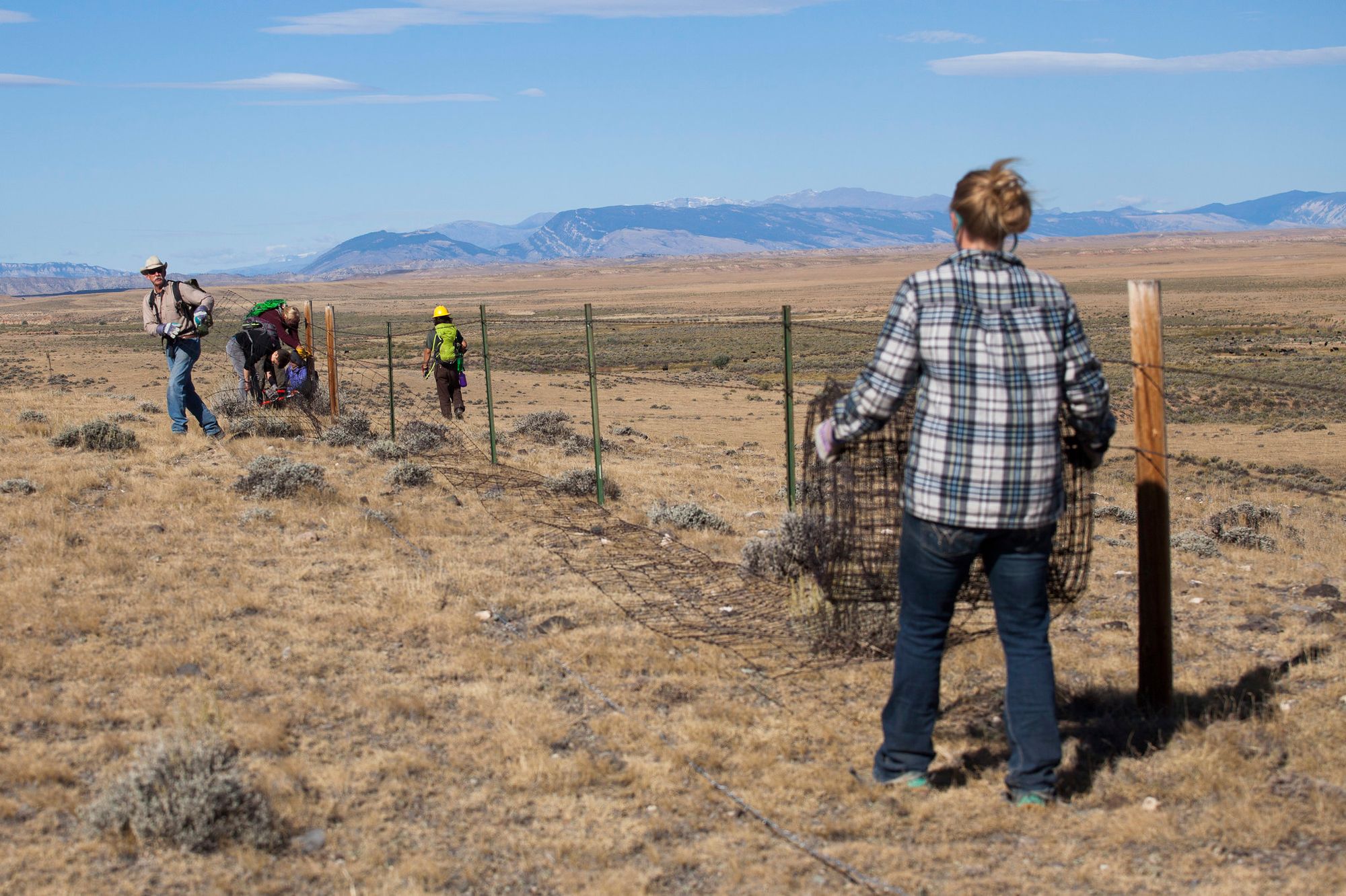
A worldwide concern
Globally, fencing is a growing problem for wildlife movement, with a host of impacts that vary depending on the type of fence, the type of ecosystem, and the type of animal. An exponential increase in fencing in East Africa’s Maasai Mara grasslands, for example, is interfering with the huge seasonal migration of wildebeest and other animals.
In Botswana’s Okavango Delta, “veterinary fences” – built to keep cattle free from wildlife diseases – have blocked the passage of zebra, wildebeest, giraffes, buffalo and other animals through this unique land-locked wetland. The fences have been linked to a multi-decade decline in wildlife populations; animals die trying to cross the fences or are picked off there by poachers. One study found that the Botswana fences also changed the vegetation, with far less woodlands where the wildlife became concentrated.
In Argentina’s Patagonia region, pervasive livestock fences are death traps for guanaco, a type of wild llama, which get stuck on the barbed wire and starve. In just one two-year period on one sheep ranch, scientists recorded 124 guanaco deaths.
In parts of Eastern Europe, there is more border fencing now than there was during the Cold War, and new fences designed to deter human migrants from the Middle East and Africa are slicing through crucial habitat for carnivores like bear, lynx and wolves. Meanwhile, along the U.S. border with Mexico, the partially constructed border wall, 30 feet high in some places, cuts off migration corridors for jaguars, ocelots, Mexican gray wolves and many others. According to the Center for Biological Diversity, an environmental group, it potentially threatens more than 90 endangered species.
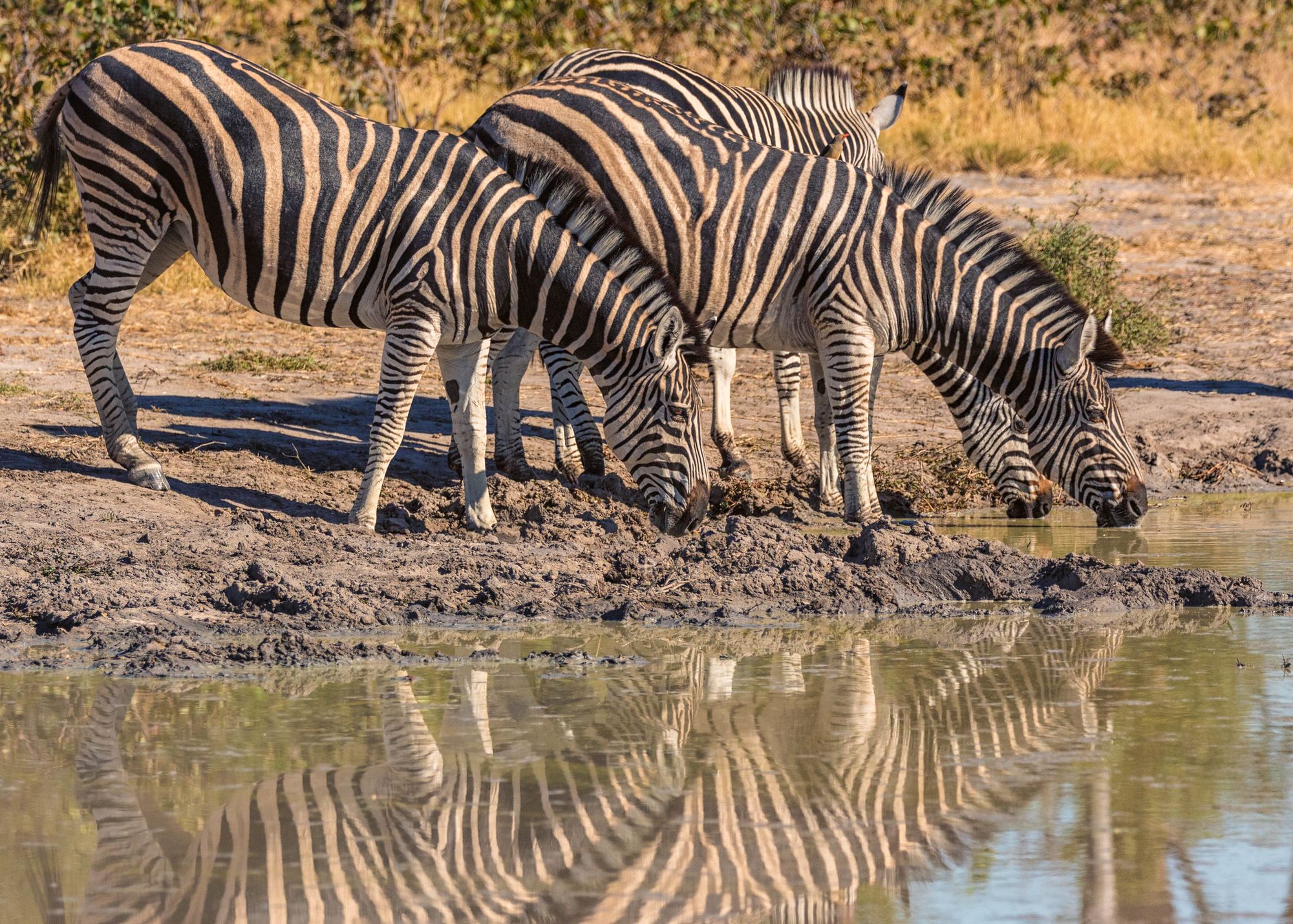
Doing a little good
The Absaroka Fence Initiative (AFI) includes state agencies like Mong’s and federal ones like the Bureau of Land Management, conservation groups such as the Greater Yellowstone Coalition and The Nature Conservancy (TNC), and local landowners. AFI has been organizing fence-removal and modification events over the past year. One in May drew 80 volunteers, who removed three miles of fencing, consisting of nearly 4,000 pounds of wire and posts.
The July effort was smaller, with 25 volunteers recruited from AFI’s ranks rather than the general public. Teams were organized and fanned out to several sites across the ranch. I tagged along with a group that included Xu and Middleton, as well as representatives from TNC and the Mule Deer Foundation, and one of the ranch’s owners, among others. For three hours we slowly made our way south and then east between a road and an irrigated field, removing fasteners that held barbed wire onto posts, clipping and rolling huge lengths of wire, and untangling the strands from thick sagebrush that had grown up and entwined itself around the fencing.
The ranch owner, who asked to remain anonymous, pointed out several well-worn elk trails that the animals used several times a day to cross from the hills down into the valley.
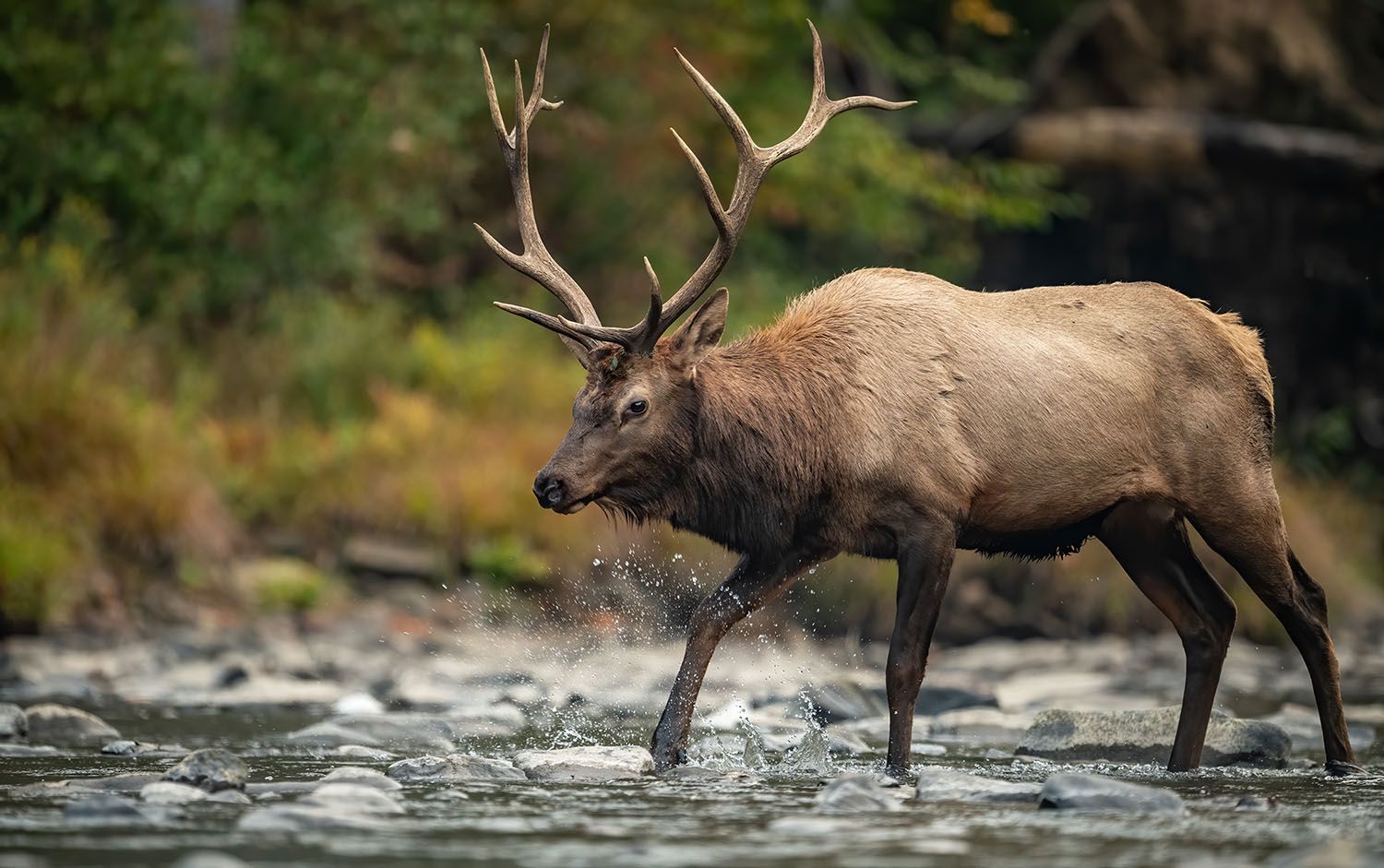
As the sun rose higher the temperature rose with it, and it was a relief when some other volunteers arrived in an ATV with cold drinks. By the time the work was done for the day, the teams had removed two miles of fencing.
For volunteers, this kind of work yields instant gratification, a sense that you are having a direct impact on the land and animals. “There’s a growing recognition of how important these open working lands are,” says Abby Scott, Northwest Wyoming program director for TNC, who says she has been contacted by other groups working on fence removal. “I think we are right on the edge of becoming something bigger.”
Middleton hopes that’s the case. Around 30 miles to the west, Yellowstone National Park is thronged with tourists, many of whom hope to see charismatic megafauna. But those same animals migrate in and out of the park, and without the “out” part, they can’t survive.
“People don’t make connections between the wildlife they want to see in Yellowstone and the conservation work that needs to happen here,” Middleton says.
Cody is in the middle of a post-COVID development boom. People from the coasts who can work from anywhere but are priced out of the likes of Jackson, Wyoming, or Bozeman, Montana, are descending on the little town. Much of the development pressure will likely be right in the middle of pronghorn, deer and elk migration routes – also key habitat for grizzlies. As we drove back to Cody that day, proud of having opened some new pathways, we passed new homes under construction on a subdivided ranch on the valley floor. They were being built along a recognized animal corridor.


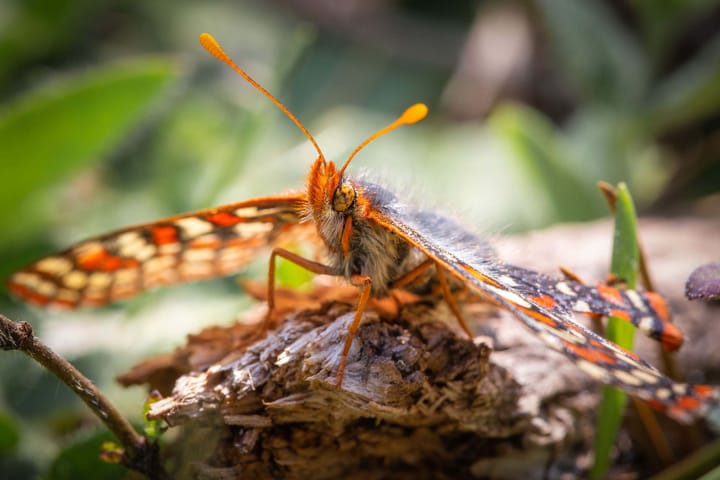



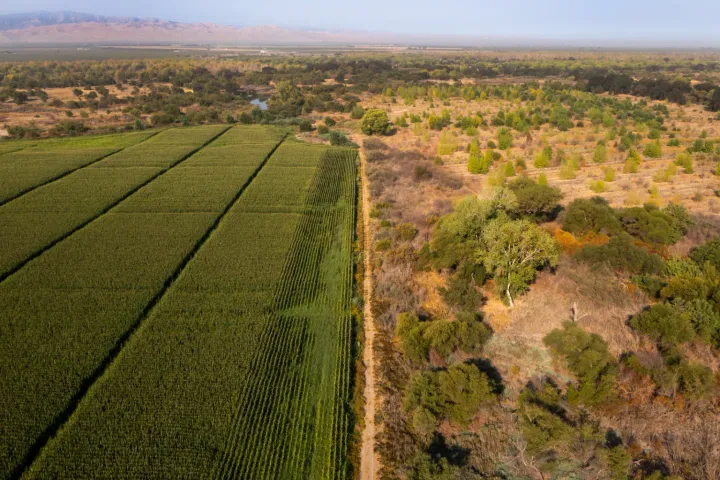
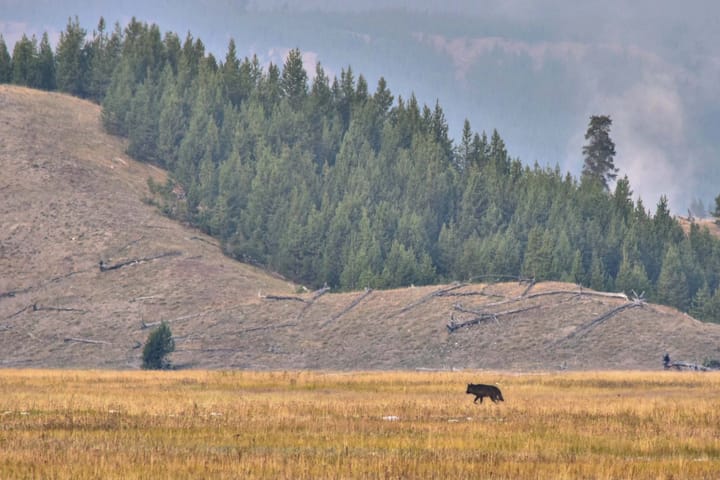
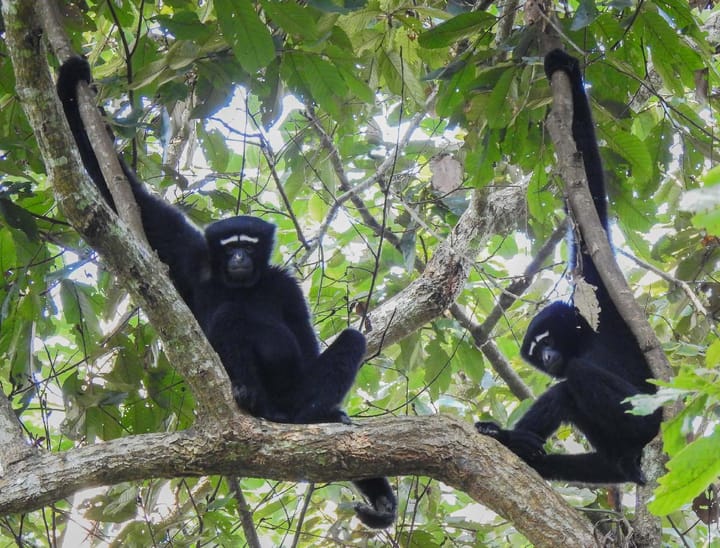
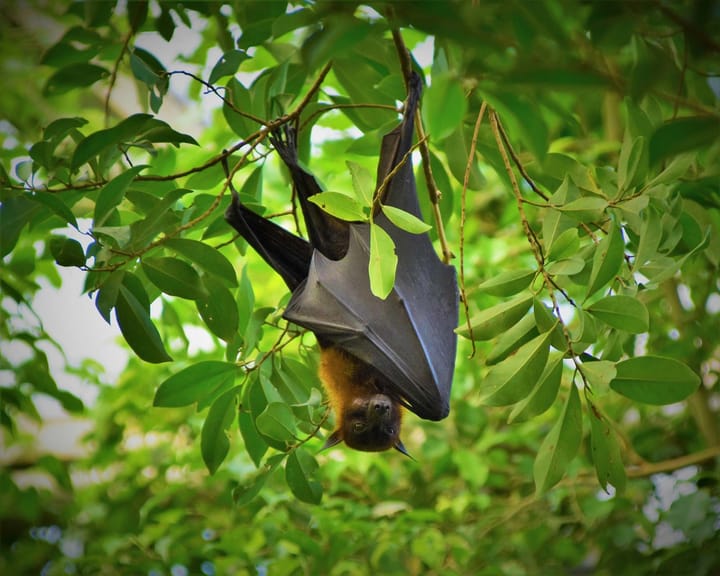
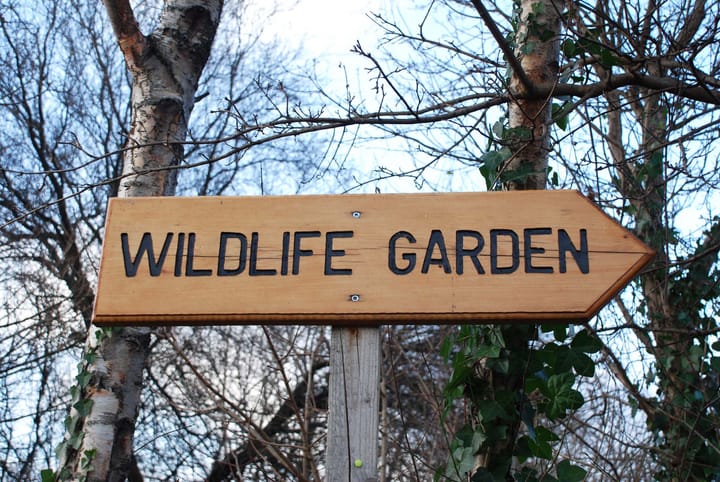
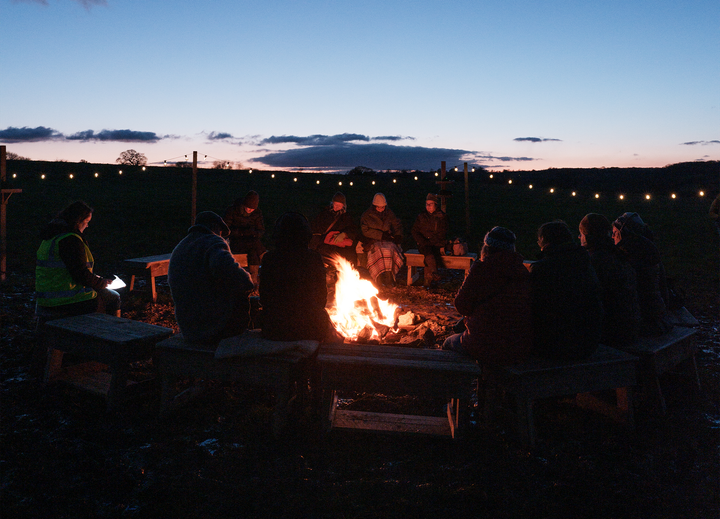
Comments ()